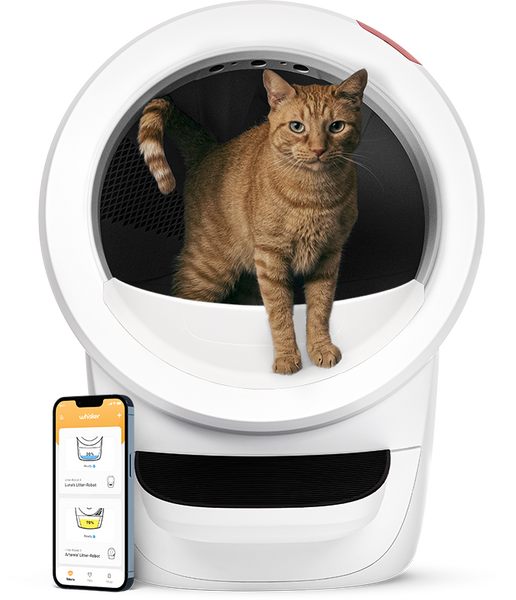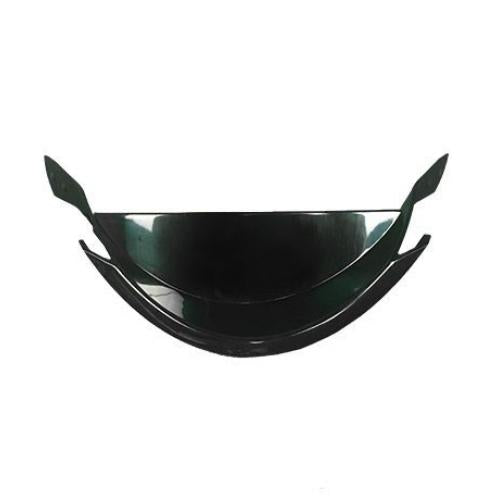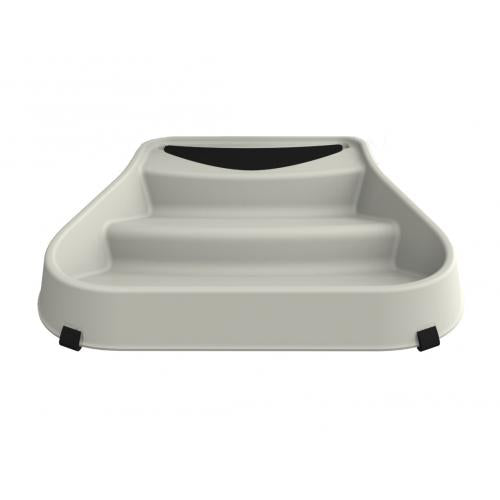Any moderately informed cat fanatic will be aware of the problems concerning cat overpopulation. It has been a cause of great concern for animal rights’ activists and generally any person that adores kitty cats; this overpopulation crowds the shelters to full capacity and causes an increased ratio of euthanasia. But is the problem really as aggravated as it is made out to be? Let’s take a look :
REPRODUCTIVE SUPER POWER
 A general well knows statistic states that a single cat can produce up to 470,000 kittens in a span of 7 years. That sure is A LOT! No wonder there’s an overpopulation they are like little regenerating demons, adorable, but demons yet again! However, the fact that later comes to life by a little deeper dive into the fiasco that is the internet, is that this is a maximized generalization that does not take into account the variables that occur in nature. These variables are not negligible and cause a significant dent in this enormous number. The study is based on the assumption that all the kittens reach their adult life and then reproduce throughout the year. Such maximized circumstances rarely occur in nature.
A general well knows statistic states that a single cat can produce up to 470,000 kittens in a span of 7 years. That sure is A LOT! No wonder there’s an overpopulation they are like little regenerating demons, adorable, but demons yet again! However, the fact that later comes to life by a little deeper dive into the fiasco that is the internet, is that this is a maximized generalization that does not take into account the variables that occur in nature. These variables are not negligible and cause a significant dent in this enormous number. The study is based on the assumption that all the kittens reach their adult life and then reproduce throughout the year. Such maximized circumstances rarely occur in nature.
WORLD RECORD
 The highest number of kittens in a litter reported as reported by Guinness Book of World records was when a Burmese/Siamese cat in Oxfordshire, UK, gave birth to 19 kittens on the 7 August 1970. However four out of 19 were stillborn and the record remains unbroken so far. A quick google search states this number to be between 1-10. The number is still large but a 26% mortality rate in kittens decreases the stats greatly.
The highest number of kittens in a litter reported as reported by Guinness Book of World records was when a Burmese/Siamese cat in Oxfordshire, UK, gave birth to 19 kittens on the 7 August 1970. However four out of 19 were stillborn and the record remains unbroken so far. A quick google search states this number to be between 1-10. The number is still large but a 26% mortality rate in kittens decreases the stats greatly.
THE TRUTH
Different studies of a sample size of more than 100,000 community cats show that individual female cats averagely produced 0.9-1.4 litters per year (Wallace 2006, Nutter 2004, Scott 2002). The calculated average litter size was between 3-4 kittens with a survival rate of 25% kittens that reached the age of maturity. (Nutter 2004).
KITTEN SEASON
 The population of a kitten has also taken a spike due to global warming and elongation of warmer weathers. The normal breeding or mating season is accurately named as the kitten season because that is when the shelters are flooded with tiny furballs. In New Zealand, the normal kitten season is considered between November until March but recently the trends have shifted causing the influx of newborns to arrive at shelters an alarming 2 months earlier than the anticipated time. The incredible overwhelming growth of the population and the amazing fertility of the kitty cats have the animal reps and shelter employees pleading with pet owners to desex their fur babies. Yes kittens are adorable to look at and you just want to take them home but every kitty deserves proper attention, love and care which cannot be given if they outnumber human beings.
The population of a kitten has also taken a spike due to global warming and elongation of warmer weathers. The normal breeding or mating season is accurately named as the kitten season because that is when the shelters are flooded with tiny furballs. In New Zealand, the normal kitten season is considered between November until March but recently the trends have shifted causing the influx of newborns to arrive at shelters an alarming 2 months earlier than the anticipated time. The incredible overwhelming growth of the population and the amazing fertility of the kitty cats have the animal reps and shelter employees pleading with pet owners to desex their fur babies. Yes kittens are adorable to look at and you just want to take them home but every kitty deserves proper attention, love and care which cannot be given if they outnumber human beings.










